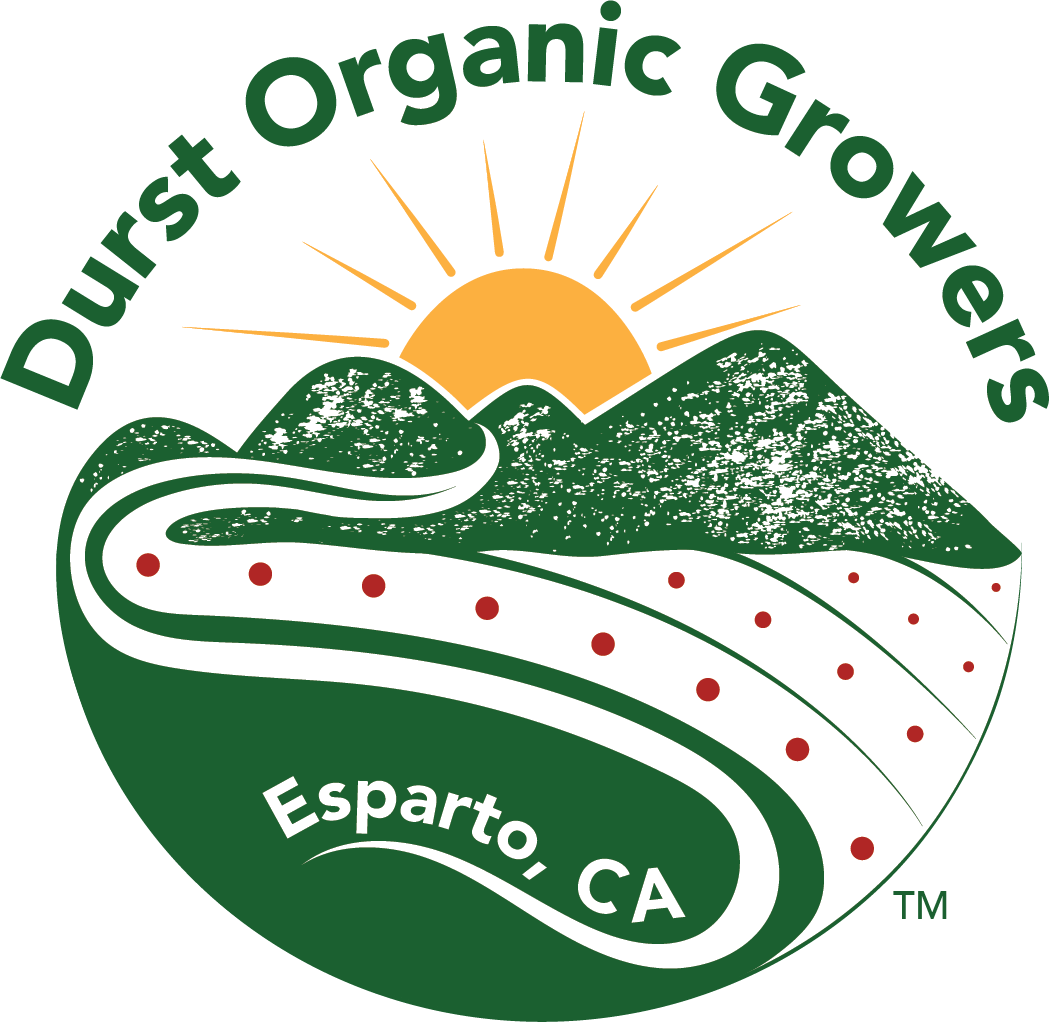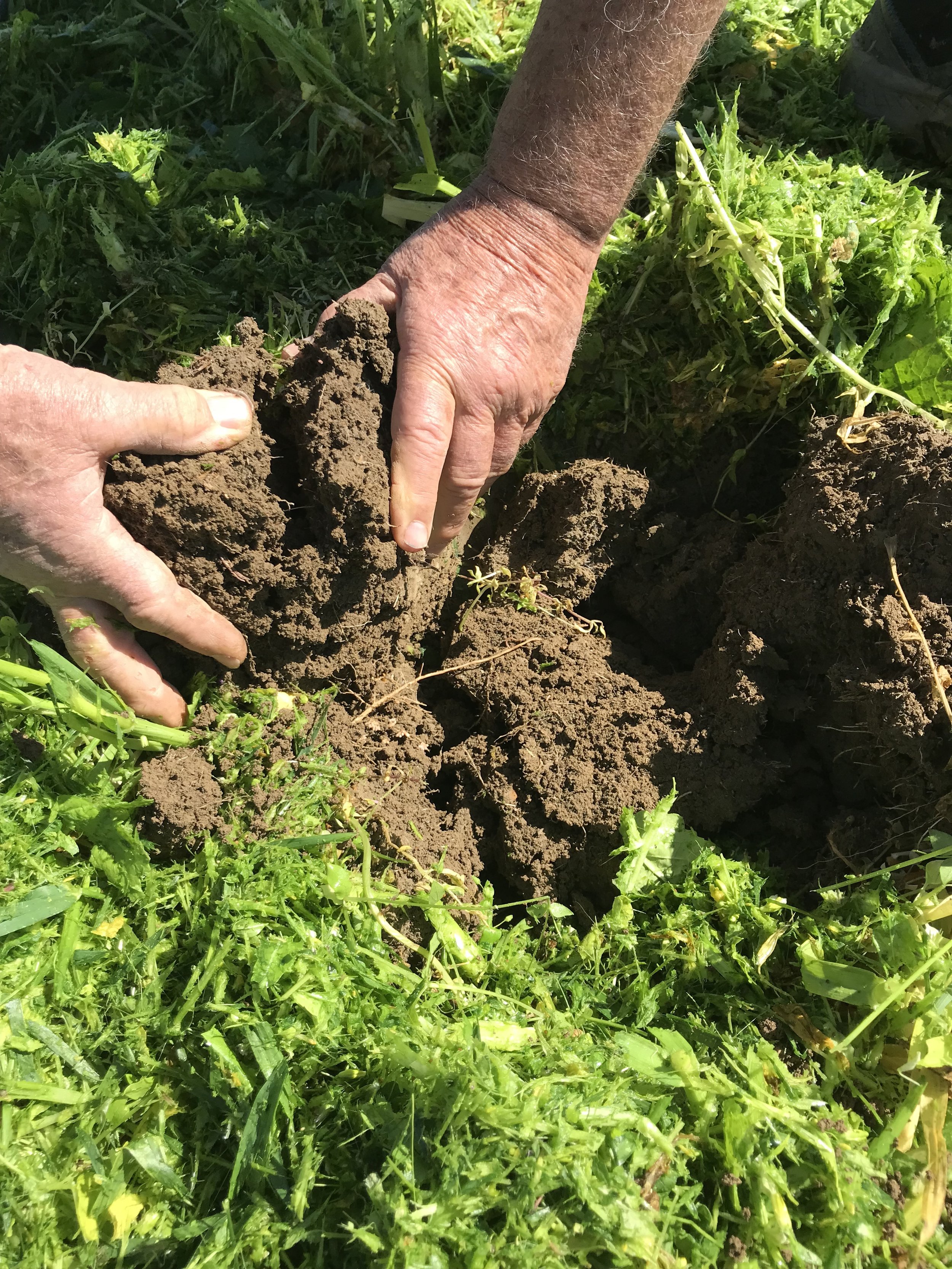Hungry Hollow Happenings: May 2023
This newsletter was sent out in May, 2023. If you’d like to subscribe to get future letters sent to your inbox, click here: subscribe!
About a month behind schedule, our asparagus harvest began in late March and is still underway. We hope you’ve been able to enjoy some of this spring treat, now possibly paired with peas! Our sugar snap pea harvest is just now starting! It’s a little later than usual for us due to planting late and cool spring growing conditions.
In other late-start news, our first tomato planting was about 20 days late this year. This is a theme that I’m sure you’ll be hearing from a lot of farmers this spring: we are behind. At this point, though, we are starting to feel a little more caught up (so to speak – can you ever really be caught up with the farm?) and are about to plant our fourth (of five) tomato plantings. Meanwhile, we are starting to stake and tie our first!
We grow our tomatoes from transplants, rather than direct seeding them in the field, which is a common practice. It gives the plants an advantage against the weeds (meaning less time spent cultivating for us), and - more importantly - allows us to get a good stand of plants, earlier.
The tomato transplants are grown in a climate controlled greenhouse, so the seeds can be started earlier in the season than if we were starting from seed in the open field. We still need to wait for the soil temperature to warm (and, in a year like this year, dry out enough to be workable) before putting the plants in the ground. Even so, growing from transplants vs. seeds means a quicker (and easier) arrival to harvest time from planting. Learn more about our tomato growing in this video:
Before we can plant our main-season annual crops like the tomatoes, though, we need to prepare the fields. This is where we hit a speed bump this year – the transplants were ready on time but our fields were too wet for us do to any prep work!
Step one of spring field prep is working in the cover crops. In the fall we plant cover crops, which ideally are irrigated from the winter rains and can grow several feet tall come spring. A cover crop is different from our main crops in that it is not grown with the intention of being eaten or sold for profit; a cover crop is used for supporting soil health and adding fertility for future “cash” crops.
Generally cover crops contain some mix of legumes, grasses, and brassicas. They can be grown in the summer or winter (using different species, depending on the season, of course), but because of our water supply and seasonality for cash crops here in California, we grow ours in the winter. For our cover crop, we use a mix of vetch, barley, and tillage radish. Each species adds something special to the mix, and as a whole they provide a range of benefits to our soils.
Once the cover crop reaches maturity, we need to work it back into the soil and prepare the field for planting tomatoes, watermelon, winter squash, and more. But before we can do any of that process, we need to wait for the soil to be “workable.”This is where that speed bump I mentioned came in to play this year.
For the sake of our soils, we do not work our fields with equipment when it’s too wet. This can cause damage to the soil structure and create problems long-term. Once the weather begins to warm and we see the cover crops reaching maturity, we begin looking below the soil to judge readiness for spring planting.
We check our soils using a trusty shovel, hands, and our senses. This year, the wait for the right moisture level took much longer because the cover crop was helping the soil absorb and hold on to all that rain water we got this year. By the time we were able to get in the fields and get everything prepped for planting, we were well behind our carefully thought out planting schedule (20 days, to be specific)!
Once they were planted, the first round of tomatoes grew very slowly due to the colder-than-typical temperatures we had at the beginning of this spring. The plants initially showed some signs of cold stress but now that temperatures are rising, and they’ve had a chance to settle in, they’re growing quite nicely.
All this may mean you’ll be seeing our Hungry Hollow tomatoes hit the stores a little later than usual this year, but hopefully knowing all the elements that needed to line up just right to get them there will make the wait worthwhile.
In the meantime we’ve (finally, still) got plenty of asparagus to keep your tables full, with sugar snap peas on the way!







